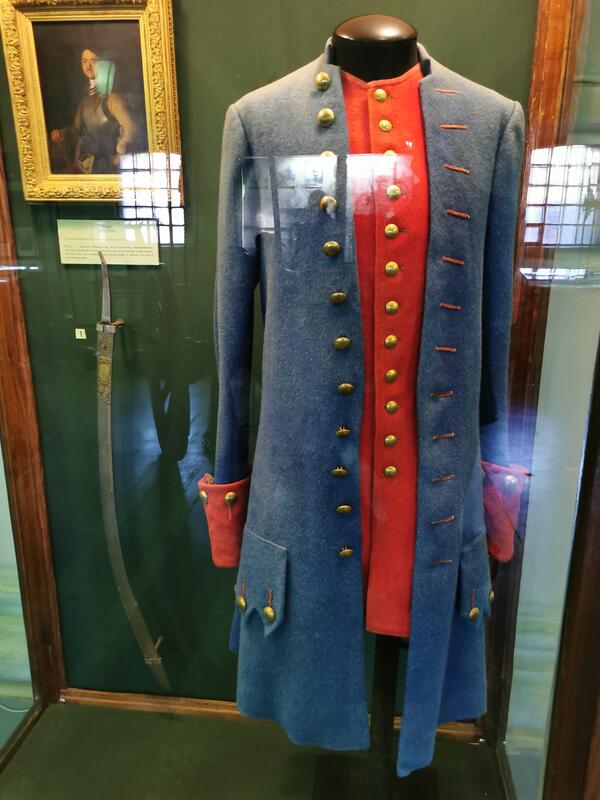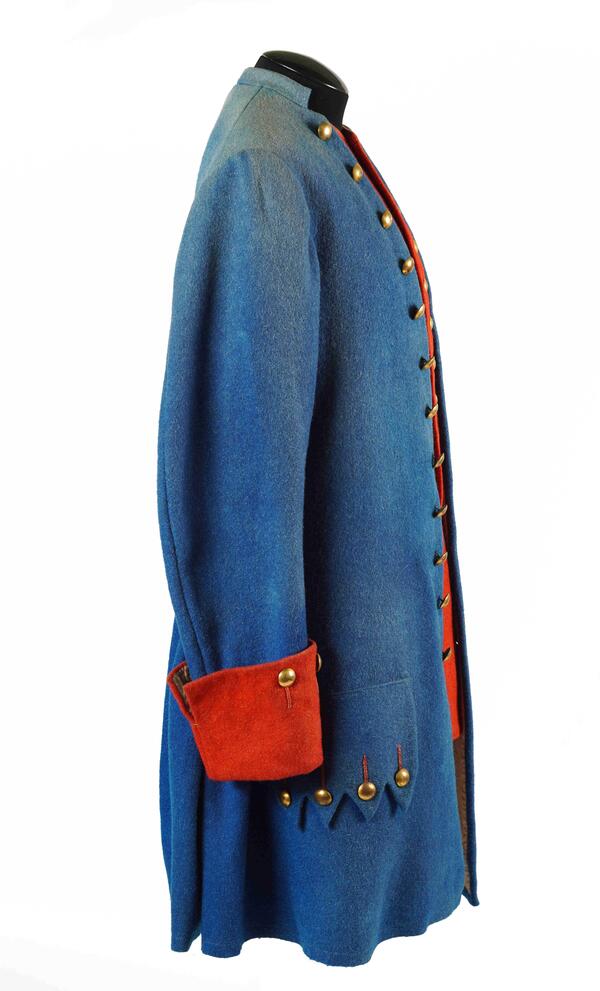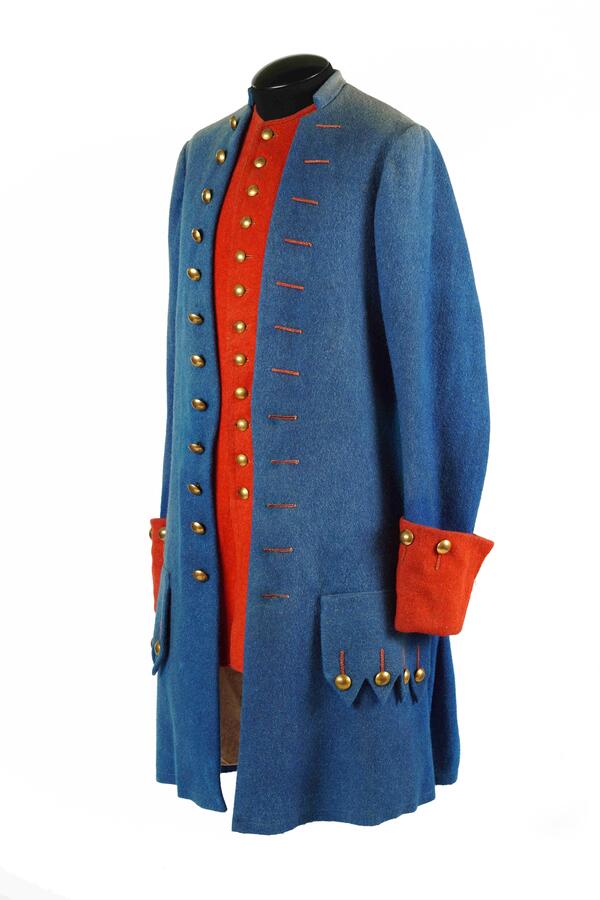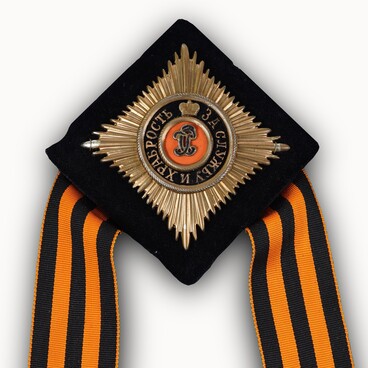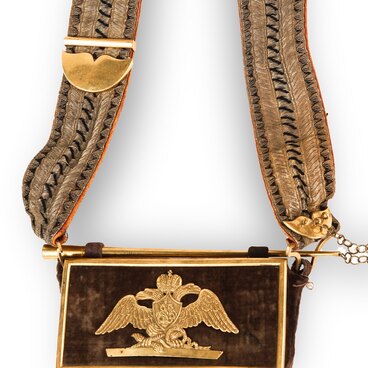The history of the Preobrazhensky and Semyonovsky Guards began in the “toy villages” of Tsarevich Pyotr Alekseyevich (Peter the Great). In 1683, the fellows of the young future emperor moved from “playing war” to seriously studying various military tactics such as attack and siege warfare, as well as artillery and navigation. At the same time, willing adults (volunteers) also began to join them.
In 1691, the toy army troops were divided into Preobrazhensky and Semyonovsky Guards, and a year later they became part of the 3rd Moscow Elective Regiment under the command of Major General Avtonom Mikhailovich Golovin. Over time, it was on the basis of the toy army that the regular Russian army was formed.
Initially, coats of the “Polish” cut were made for the toy army: green for the Preobrazhensky soldiers, and light blue for the Semyonovsky soldiers. In 1700–1702, coats of the “Hungarian” cut were introduced. In 1702, the French uniforms appeared, in which Peter’s army is most often depicted: red caftans, trousers and stockings, hats of black felt or grenadier fur caps, and brown leather shoes. The colors of the coats remained the same: green for the Preobrazhensky and light blue for the Semyonovsky Guards. Only now they were decorated with large red cuffs, wing collars and lapels from the chest level to the bottom of the caftan.
Since 1717, the Preobrazhensky and Semyonovsky soldiers were to wear red and light blue collars respectively. Uniforms for both regiments were green with red cuffs, caftans and trousers were also red.
The coat and caftan presented in the exhibition are not original. The reconstruction was made at the beginning of the 20th century for the Museum of the Semyonovsky Life Guards Regiment, and the Artillery Museum received it from the collection of the Military and Everyday Life History Museum in 1937.
At the beginning of the 20th century, few documents and authentic items of uniforms had been introduced into scientific circulation, and experts in reconstruction had scant information about the history of the military uniform. Therefore, this sample does not correspond much to reality: for example, its “jacket-like” cut appeared only in the 1880s.
However, the uniform remains an important exhibit of the Museum of the Semyonovsky Life Guards Regiment that sheds light on a lustrous and interesting era.
In 1691, the toy army troops were divided into Preobrazhensky and Semyonovsky Guards, and a year later they became part of the 3rd Moscow Elective Regiment under the command of Major General Avtonom Mikhailovich Golovin. Over time, it was on the basis of the toy army that the regular Russian army was formed.
Initially, coats of the “Polish” cut were made for the toy army: green for the Preobrazhensky soldiers, and light blue for the Semyonovsky soldiers. In 1700–1702, coats of the “Hungarian” cut were introduced. In 1702, the French uniforms appeared, in which Peter’s army is most often depicted: red caftans, trousers and stockings, hats of black felt or grenadier fur caps, and brown leather shoes. The colors of the coats remained the same: green for the Preobrazhensky and light blue for the Semyonovsky Guards. Only now they were decorated with large red cuffs, wing collars and lapels from the chest level to the bottom of the caftan.
Since 1717, the Preobrazhensky and Semyonovsky soldiers were to wear red and light blue collars respectively. Uniforms for both regiments were green with red cuffs, caftans and trousers were also red.
The coat and caftan presented in the exhibition are not original. The reconstruction was made at the beginning of the 20th century for the Museum of the Semyonovsky Life Guards Regiment, and the Artillery Museum received it from the collection of the Military and Everyday Life History Museum in 1937.
At the beginning of the 20th century, few documents and authentic items of uniforms had been introduced into scientific circulation, and experts in reconstruction had scant information about the history of the military uniform. Therefore, this sample does not correspond much to reality: for example, its “jacket-like” cut appeared only in the 1880s.
However, the uniform remains an important exhibit of the Museum of the Semyonovsky Life Guards Regiment that sheds light on a lustrous and interesting era.

